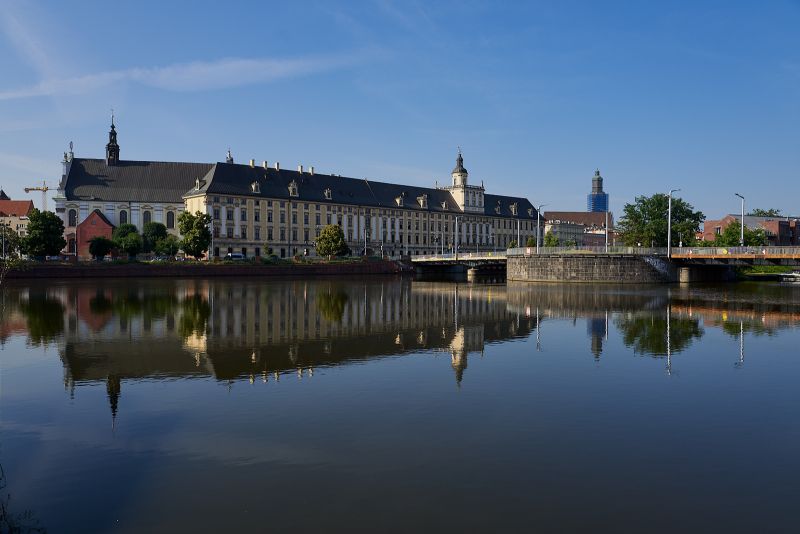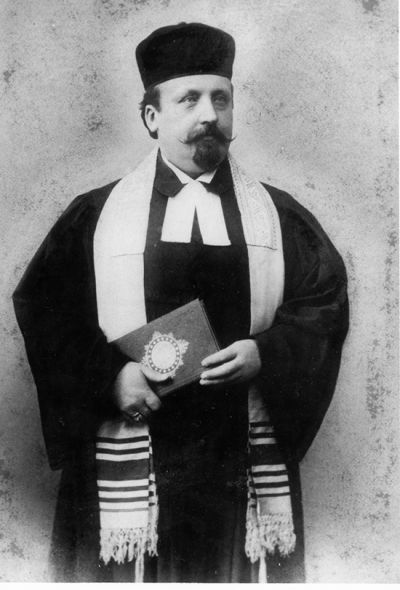Poles in Breslau (until 1939)
Mediathek Sorted
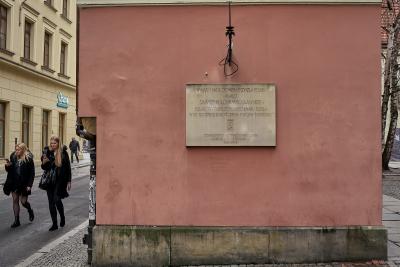
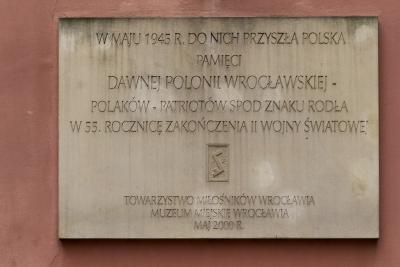
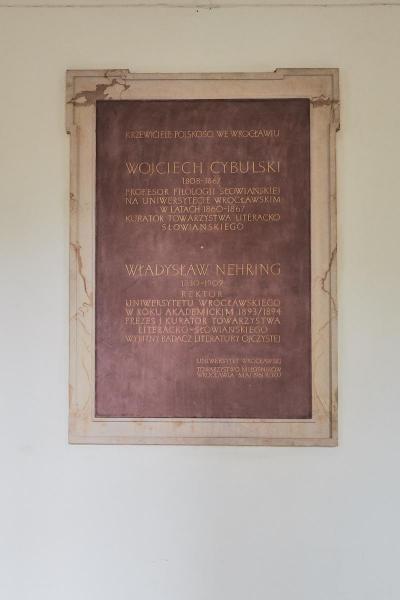
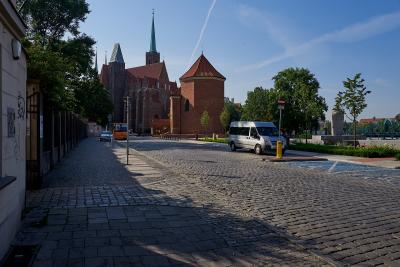
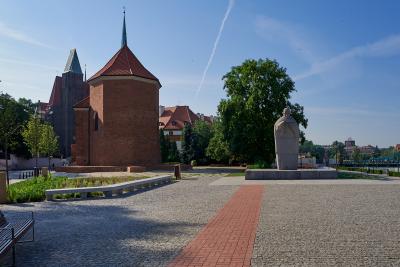
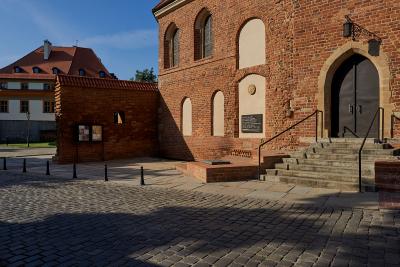
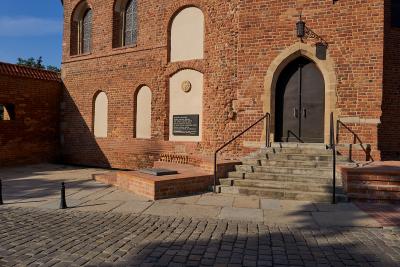

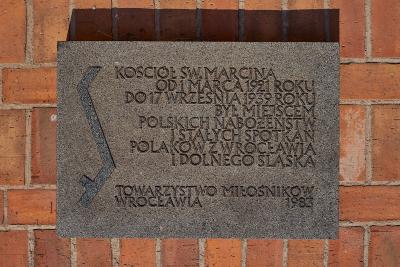
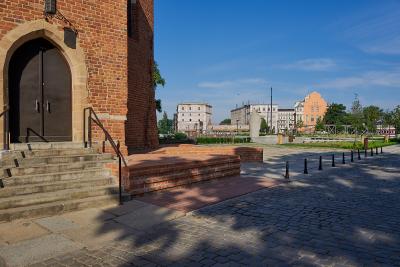
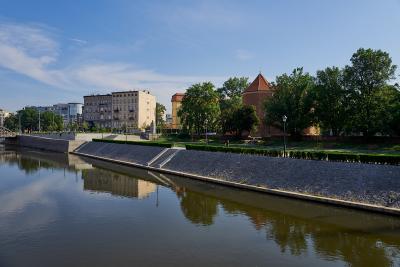
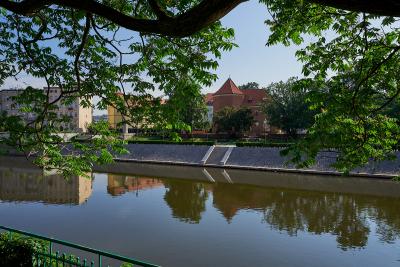
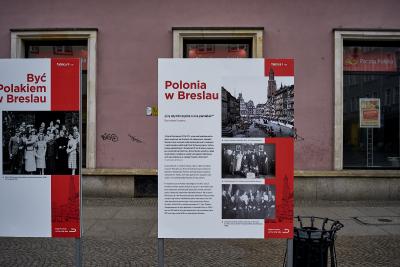
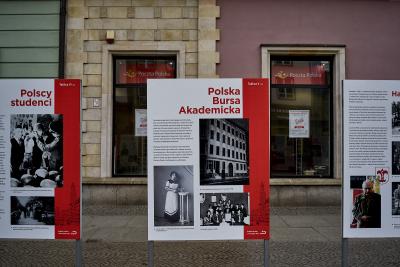
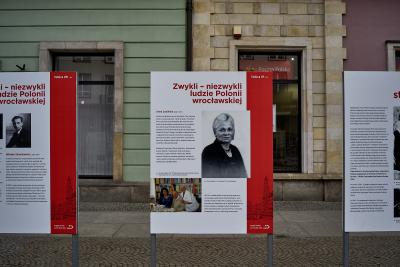
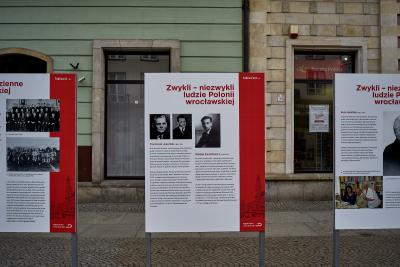

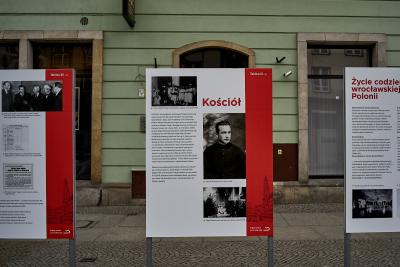
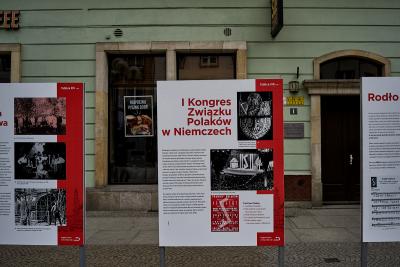
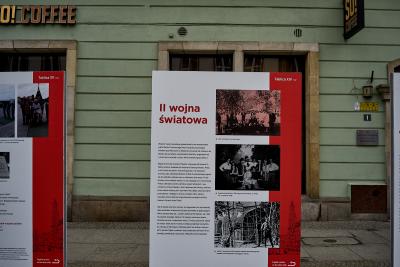
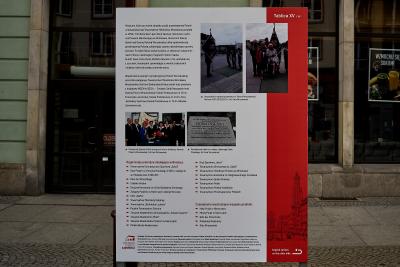
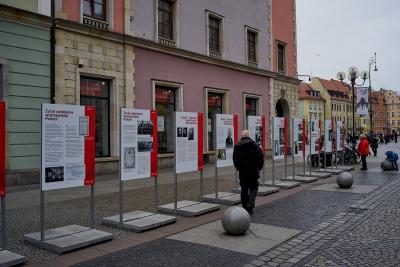
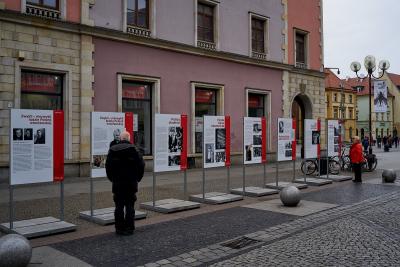


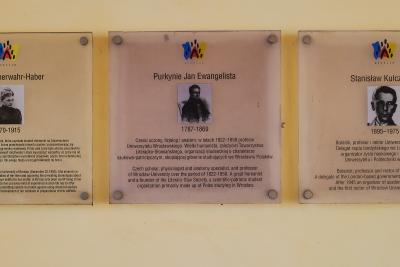

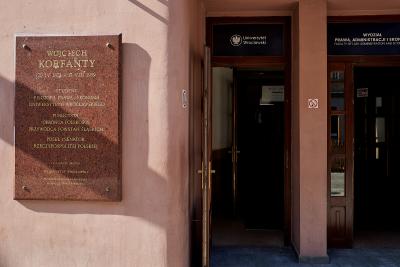

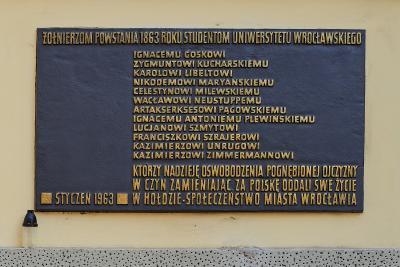
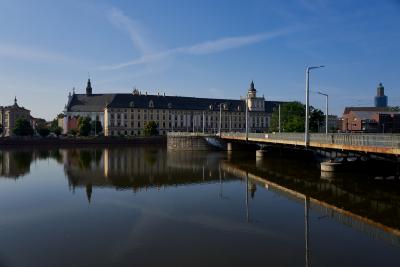
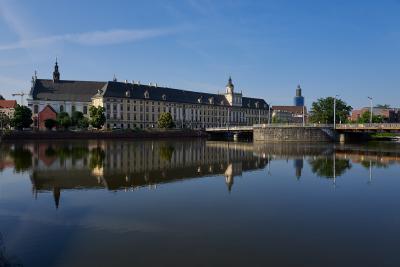
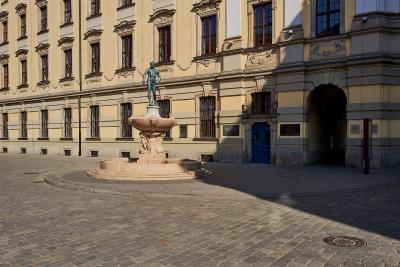

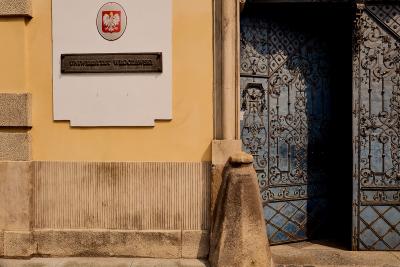
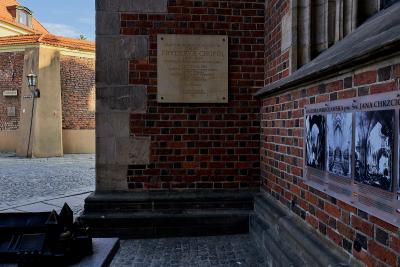
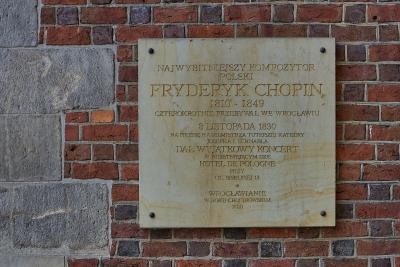
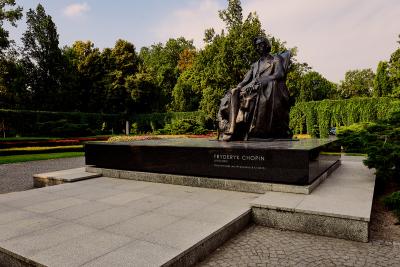

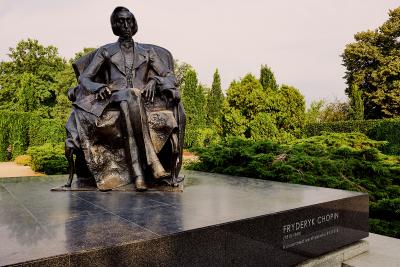

The meetings continued to be held during church services and on the premises of various organisations. In 1919, the church of St. Anna in St. Jadwiga Street, which replaced the church of St. Martin on the Dominsel in 1921 (the last service for the Polish congregation was held there on 17 September 1939), was tasked by the German church authorities with reading Polish mass. The first priest of the Polish congregation was Father Józef Matuszek.
On 14 January 1923, a branch of the Union of Poles in Germany, the leading Polish organisation, was founded in Wrocław. Franciszek Juszczak, a tailor by profession, became its president (he held this position for the whole of the period between the two wars). In 1924, a new student organisation, the Association of Academics from Upper Silesia, was established to bring young people from Upper Silesia together.
Polish community life was organised in the “Polish House” at Henryka Pobożnego Street 21/23, which met weekly. National holidays and anniversaries were organised and Polish students played an active role in the work involved. Amongst other things, they founded a choir, gave Polish courses, and organised theatre and scout activities.
After the assumption of power by the National Socialists in 1933 in conjunction with a change in the political relations between Poland and Germany, the Wrocław Polonia was given full rights of disposal over the building in Neue Gasse, which had been acquired in 1922. A student hall of residence was opened there. The editorial offices of both the magazines published by the Union of Poles in Germany “Mały Polak w Niemczech” and “Młody Polak w Niemczech” also found their new home there. in March 1938, delegates from Wrocław took part in the Congress of Poles in Germany, a large-scale meeting of the Polish minority, but a few months later the German authorities made political demands of Warsaw that were unacceptable for Poland. Berlin had returned to a policy of discriminating against Poles in Germany. The building in Henryka Pobożnego Street was taken away from them. Polish organisations bought the building at Schweidnitzer Stadtgraben 16a (Podwale). All Polish organisations, such as the kindergarten and the library, found their new home there.
The German authorities’ anti-Polish policy intensified in the months before the outbreak of the Second World War. More and more restrictions were placed on the potential to carry out organisational activities and repressions were initiated. The Poles were even asked to change their Polish-sounding names to German ones. In June 1939, Polish students were prohibited from entering the university buildings and police searches were carried out in the Polish house in Podwale. Several books were confiscated. Police officers photographed worshippers leaving mass at the church of St. Martin. On 13 September after the outbreak of the Second World War, Polish activists were arrested and deported to a concentration camp. All Polish organisations were dissolved and their assets taken by the German state.
Krzysztof Ruchniewicz, June 2018
References:
Friedrich Nösselt, Breslau und dessen Umgebungen, Breslau 1825; Wincenty Pol, Dzieła wierszem i prozą, Vol. 10, Lwów 1878; Teresa Kulak, Historia Wrocławia. Od twierdzy fryderycjańskiej do twierdzy hitlerowskiej, Vol. 2, Wrocław 2001.





















































































